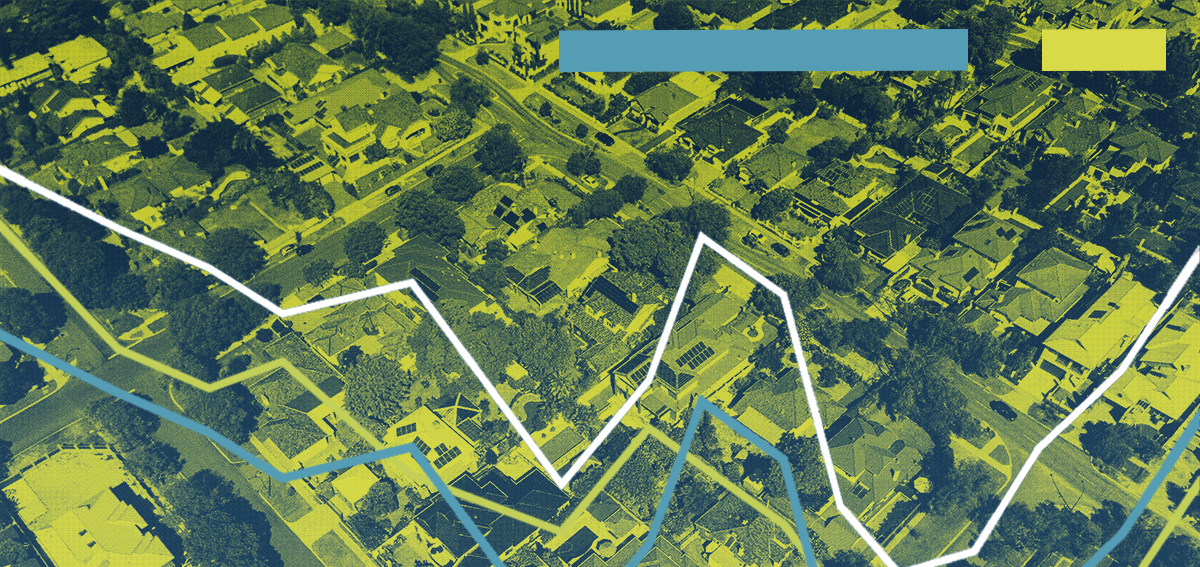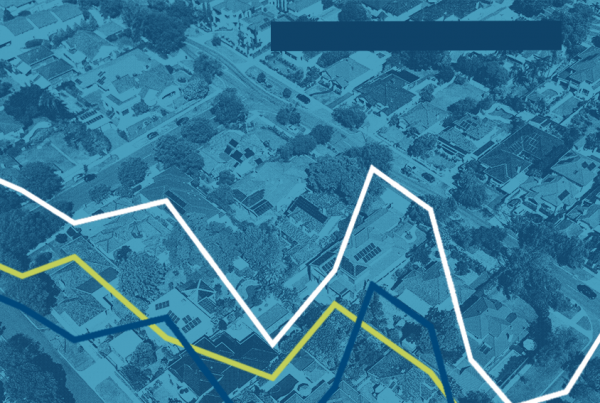At its July 2023 meeting, the Federal Reserve raised the Fed funds rate – the amount banks pay to borrow money from each other overnight – by a quarter point. This was the Fed’s fourth rate hike this year, the 11th since the beginning of 2022, and the first since the Fed decided to skip a rate increase at its June 2023 meeting.
This resumption in rate hikes was not unexpected by economists and investors, despite continued good news about the direction of inflation. While consumer and producer price growth have both slowed down at an encouraging pace, the country’s overall inflation number remains above the Fed’s target of 2%, and the job market has been remarkably resilient. Many experts believe these are the main sticking points for the Fed as it assesses the effectiveness of its efforts to rein in inflation.
The speculation now begins about what the Fed will do at its September 2023 meeting. The decision to raise the rate again or skip an increase for the second time this year will depend on whether the Fed sees enough improvement in the inflation data that comes out between now and then.
What does the resumption in Fed rate hikes mean to mortgage rates?
As we have pointed out in previous blogs about Fed rate increases, the Federal Reserve technically doesn’t determine mortgage rates. The rate of inflation has a much more direct impact on them, however. The Fed’s latest decision has essentially already been priced into the market, so any upward or downward volatility that occurs will be caused by economic reports that show significant or unexpected changes in the direction of inflation.
If you’re looking to buy a home, there are steps you can take to get an even lower rate in today’s market. One of them is the option of a Temporary Buydown that allows you to enjoy reduced payments at the beginning of your Conventional Conforming, FHA, VA, or Jumbo mortgage.
Remember: unlike the Fed rate, mortgage rates change daily and sometimes hourly. They still occasionally go down, despite the direction of the Fed rate and often in tandem with the rate of inflation.
The best way to navigate interest rates on home loans is to speak with a Homeowners Licensed Mortgage Professional about current market conditions. In any market situation, we’re here to help you understand the rates that are available to you and get the best possible pricing on your next home loan.




